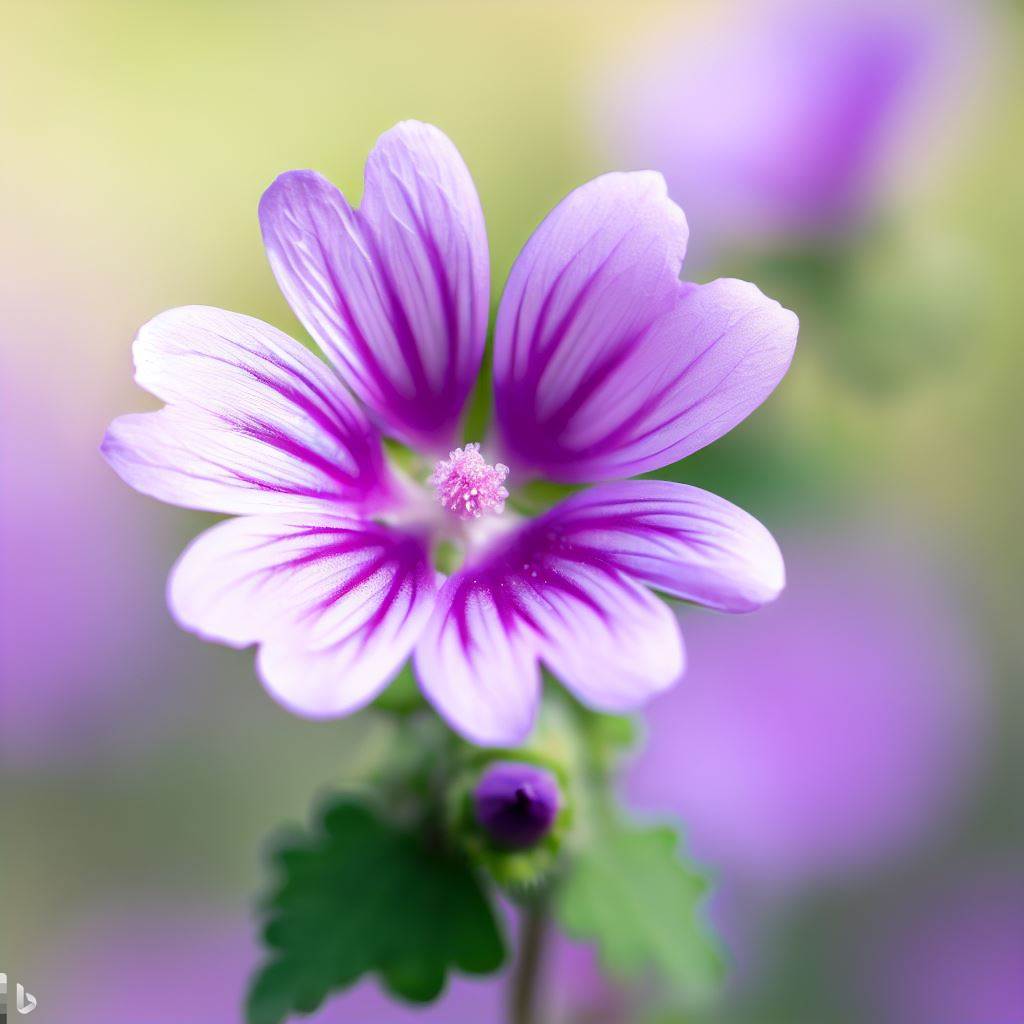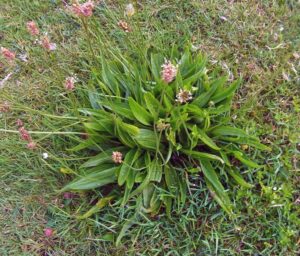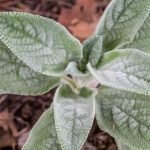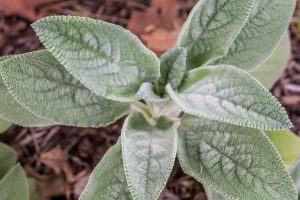
Approx. Reading time: About 11 Minutes

Introduction
A Comprehensive Guide to Foraging and Utilizing this Versatile Plant
Mallow, with its beautiful flowers and numerous practical uses, is a remarkable wild plant that has captured the attention of foragers, herbalists, and folklore enthusiasts for centuries. This article serves as an in-depth exploration of mallow, encompassing its variants, appearance, foraging locations, culinary and medicinal applications, magical properties, and important safety considerations.

Variants and Appearance
Mallow, with its various species, exhibits a range of delightful characteristics that make it easily identifiable during foraging endeavors. While common mallow (Malva sylvestris) holds the title of the most widespread and recognized variant, other species within the Malvaceae family share similar traits. Here are key insights into the variants and appearance of mallow:
Common Mallow (Malva sylvestris)

High Mallow (Malva sylvestris var. mauritiana)

Marsh Mallow (Althaea officinalis)

Despite the differences in species, all mallow variants share common characteristics. These include the rounded, palmate leaves with toothed edges, attractive flowers with multiple petals, and the presence of disc-shaped fruits. These distinctive features contribute to the ease of identifying mallow during foraging excursions, allowing for confident and accurate harvests of this versatile plant.
Identifying Mallow
Identifying mallow during your foraging adventures is a rewarding endeavor, thanks to its unique and distinguishable features. The following characteristics will help you confidently recognize and differentiate mallow from other plants:
Leaf Structure: Mallow exhibits rounded, palmate leaves that grow alternately along the stems. These leaves are characterized by toothed edges, giving them a scalloped appearance. One distinct quality of mallow leaves is their often velvety or softly hairy texture, providing a tactile sensation when touched. Leaf size may vary depending on the species, with some displaying larger leaves than others.
Attractive Flowers: Mallow boasts beautiful flowers composed of five distinct petals. The colors of mallow flowers span a range from pale pink to deep purple, creating a visually pleasing display. The petals themselves often have prominent veins running through them, enhancing their allure. At the center of the flower, you will find a column of fused stamens, an integral part of mallow’s reproductive structure.
Fruiting Stage: After successful pollination, mallow develops disc-shaped fruits that contain numerous seeds. These fruits have a distinct appearance and can be observed following the flowering stage. The disc-shaped fruits are a characteristic feature of mallow, contributing to its unique visual identity.
When searching for mallow, keep an eye out for these identifying features. The rounded, palmate leaves with toothed edges and velvety texture, attractive flowers with noticeable veins and fused stamens, and the presence of disc-shaped fruits will aid you in accurate mallow identification. By familiarizing yourself with these distinguishing characteristics, you can confidently embark on foraging expeditions and make the most of this versatile plant’s culinary and medicinal potential.
Habitat and Foraging Locations
Mallow’s adaptability allows it to thrive in diverse habitats, making it a common sight for foragers in various locations. Understanding its preferred environments will help guide you to find and harvest mallow successfully. Here are some insights into the habitat and foraging locations of mallow:
Wide Range of Habitats: Malva species, including common mallow, can be found in a wide range of habitats. Look for mallow plants along roadsides, meadows, waste areas, fields, and disturbed sites. It has a remarkable ability to colonize different habitats, making it a versatile plant to forage.
Soil and Sun Preferences: Mallow thrives in well-drained soil conditions, preferring soil that is not overly waterlogged. It can tolerate various soil types, including sandy, loamy, or clay soils. Look for mallow plants in areas with good drainage. Mallow also prefers locations that receive ample sunlight, although it can tolerate partial shade as well.
Disturbed Areas and Gardens: Common mallow is known for its adaptability to disturbed areas and gardens. It readily colonizes areas that have undergone human activity or disruption, such as construction sites or abandoned lots. This adaptability makes common mallow a frequent resident in gardens and cultivated areas, where it often appears as a weed.
When embarking on a mallow foraging expedition, explore roadsides, meadows, waste areas, and fields. Pay attention to areas with well-drained soil and adequate sunlight. Common mallow’s affinity for disturbed areas and gardens presents additional opportunities for finding this versatile plant. However, it is important to practice responsible foraging and obtain permission before harvesting from private or protected lands.
Remember to be mindful of local regulations and restrictions on foraging in specific areas. Avoid areas that may have been treated with herbicides or pesticides, as these chemicals can pose risks to your health and the environment. By respecting the natural habitats and following ethical foraging practices, you can enjoy the abundance of mallow while preserving its presence in the ecosystem.
Culinary and Medicinal Uses
Discover the culinary possibilities
Mallow’s culinary versatility has been appreciated for centuries, with its young leaves, tender shoots, and flowers lending themselves to a wide range of delicious dishes. Discover the culinary possibilities of mallow and explore its flavorsome potential:
- Young Leaves and Tender Shoots: Mallow’s young leaves and tender shoots are edible and offer a mild, slightly tangy flavor with a pleasing texture. These tender parts of the plant can be harvested and used in various ways. Consider incorporating them into salads, where they add a fresh and unique element. Mallow leaves can also be cooked as a vegetable, similar to spinach or other leafy greens, and make a delightful addition to stir-fries, sautés, or steamed dishes. Their mild taste makes them a versatile ingredient, blending well with other flavors.
- Soups and Stews: Mallow’s leaves and shoots can lend themselves perfectly to soups and stews, adding a nutritious and delicate touch. Simply chop the leaves or shoots and include them in your favorite soup or stew recipes. Mallow’s mild flavor allows it to harmonize with a variety of ingredients, enhancing the overall taste and texture of the dish.
- Decorative Salad Addition: Mallow flowers make a charming and decorative addition to salads. Their vibrant colors and delicate petals can enhance the visual appeal of your salad creations. Gently sprinkle the flowers over your salad, combining them with other fresh ingredients for an aesthetically pleasing and flavorful dish.
- Herbal Teas: Mallow flowers can also be used to create delightful herbal teas. Steep the flowers in hot water for a few minutes, allowing their delicate flavors to infuse into the tea. The resulting brew offers a subtle and soothing taste, making it a pleasant beverage option.
- When foraging mallow for culinary purposes, ensure that you select young, healthy leaves and shoots. It is advisable to harvest from clean, uncontaminated areas, away from roadsides or places where chemicals may have been applied. Thoroughly wash the harvested mallow before use to remove any dirt or debris.
As always, it is essential to practice responsible foraging and obtain permission when harvesting from private or protected lands. Furthermore, consult reliable foraging guides or local experts to ensure proper plant identification and to familiarize yourself with any specific guidelines or regulations pertaining to foraging in your region.
By incorporating mallow into your culinary adventures, you can savor its unique flavors, experiment with new recipes, and appreciate the nourishing qualities of this versatile plant.
Explore the medicinal potential
Mallow has a rich history of traditional medicinal uses, thanks to its soothing and beneficial properties. The plant’s mucilaginous nature makes it particularly valued in herbal remedies. Explore the medicinal potential of mallow and discover how it can be used to support health and well-being:
- Soothing and Demulcent Properties: Mallow is renowned for its soothing and demulcent qualities, which can provide relief for various ailments. The mucilage present in mallow leaves helps to form a protective layer that soothes irritated tissues. As a result, mallow is often used to alleviate sore throats, coughs, and respiratory discomfort. Infusing mallow leaves to create a soothing tea is a common way to harness its medicinal benefits.
- Respiratory and Gastrointestinal Support: Mallow’s soothing properties extend to the respiratory and gastrointestinal systems. When used as a tea or incorporated into herbal preparations, mallow leaves can help ease respiratory conditions, such as bronchitis or coughs. It may also provide relief from digestive complaints, including heartburn, indigestion, and gastritis. Mallow is believed to have a calming effect on inflamed tissues, aiding in their healing and promoting overall gastrointestinal comfort.
- Anti-inflammatory Effects: Mallow is recognized for its potential anti-inflammatory properties, which can be beneficial for a variety of conditions. Its soothing action helps to reduce inflammation and alleviate discomfort. Mallow preparations, including teas and poultices, may be used topically to provide relief for minor skin irritations, rashes, or insect bites. The anti-inflammatory effects of mallow make it a valuable herb for promoting skin health and soothing external ailments.
- Diuretic and Detoxifying Effects: Mallow has diuretic properties, which means it can help promote urine production and assist with flushing toxins from the body. This makes mallow beneficial for supporting kidney and urinary tract health. As a natural diuretic, mallow may aid in reducing water retention and supporting overall detoxification processes.
It is important to note that while mallow has a long history of traditional use, scientific studies on its medicinal properties are limited. As with any herbal remedy, it is advisable to consult with a healthcare professional before incorporating mallow or any herbal supplement into your healthcare routine, especially if you have underlying health conditions or are taking medications.
Mallow’s soothing and beneficial properties, along with its potential anti-inflammatory and diuretic effects, make it a valuable herb for supporting respiratory, gastrointestinal, and overall well-being. However, individual responses to herbal remedies can vary, and it is always important to exercise caution and seek professional advice when using mallow for medicinal purposes.
Magical Properties
Mallow, steeped in magical lore and folk traditions, is believed to possess mystical properties that have fascinated people across cultures. Immerse yourself in the enchanting world of mallow’s magical associations and discover its potential in various mystical practices:
- Protection, Love, and Abundance: Mallow is often associated with attracting protection, love, and abundance. In folklore, it is believed that carrying or wearing mallow can create a shield of spiritual and energetic protection, warding off negative influences and energies. Mallow is also thought to enhance feelings of love, attracting romantic connections, and strengthening existing relationships. Additionally, mallow is associated with abundance, with some traditions utilizing it in rituals or spells to invite prosperity and material blessings.
- Enhancing Psychic Abilities: Mallow has long been regarded as a plant that enhances psychic abilities and intuition. It is believed to aid in developing and strengthening one’s spiritual connection and psychic awareness. Some practitioners incorporate mallow into rituals, meditations, or divination practices to deepen their intuitive insights and open channels of communication with the spiritual realm.
- Love Sachets and Charms: Mallow flowers, with their delicate beauty, are highly regarded as love magic and spellwork. They are often included in love sachets or charms to attract love, foster romance, and strengthen relationships. Mallow flowers can be gathered and dried, then incorporated into sachets or talismans to carry with you or place in your living space, infusing it with the energy of love and passion.
- Barrier Against Negative Energies: Mallow is believed to possess protective qualities that can create a barrier against negative energies and psychic attacks. Some traditions use mallow in rituals or spells to shield oneself from harmful influences, ward off evil spirits, or create a space of energetic purity. Mallow’s presence is thought to repel negativity and create a harmonious and spiritually balanced environment.
When working with mallow’s magical properties, it is important to approach these practices with reverence and respect. Connect with the plant’s energy through rituals, spells, or personal intentions aligned with your beliefs and traditions. Always remember that the true power lies within your intentions and the energy you bring to your magical practices.
It is essential to note that magical associations and practices may vary across cultures and individual beliefs. As with any magical or spiritual practice, it is advisable to exercise personal discernment, conduct thorough research, and follow ethical guidelines. Embrace the magical realm of mallow with mindfulness and a deep appreciation for the natural world and its profound energies.
Safety Considerations
Safety is paramount when foraging, and although mallow is generally considered safe, it is crucial to be aware of certain safety concerns. By taking proper precautions, you can enjoy the benefits of mallow while prioritizing your well-being. Here are some important safety considerations to keep in mind:
- Proper Identification: Accurate identification is crucial when foraging for mallow, as some plants may resemble mallow but have different properties. It is recommended to consult reliable foraging guides or seek guidance from local experts who can assist in identifying mallow correctly. Pay close attention to the distinct features of mallow, such as its rounded, palmate leaves, toothed edges, velvety texture, and five-petaled flowers.
- Avoid Contaminated Areas: When foraging mallow, it is important to avoid areas that may have been sprayed with pesticides, herbicides, or other chemicals. These substances can pose health risks if consumed or applied to the skin. Steer clear of areas near roadsides, industrial sites, or places with a likelihood of contamination. Aim to gather mallow from clean and uncontaminated environments.
- Allergies and Medical Conditions: Individuals with known allergies or medical conditions should exercise caution when using mallow. Some people may have sensitivities to mallow or other plants in the Malvaceae family. If you have known allergies or medical conditions, it is advisable to consult with a healthcare professional before using mallow medicinally or incorporating it into your diet. They can provide personalized guidance based on your specific health circumstances.
- Disclaimer Regarding Medical Safety: It is important to note that the information provided in this article is for educational purposes only and should not replace professional medical advice. While mallow has a long history of traditional use and perceived health benefits, scientific studies on its safety and efficacy are limited. Individual responses to mallow can vary, and it is always advisable to consult with a healthcare professional before using mallow for medicinal purposes, especially if you have underlying health conditions or are taking medications.
By adhering to these safety considerations, you can ensure a safe and enjoyable foraging experience with mallow. Proper identification, avoiding contaminated areas, and consulting healthcare professionals when necessary are essential practices to safeguard your well-being. Always prioritize your health and make informed decisions regarding the consumption or use of mallow for medicinal purposes.
Additionally, remember to respect local regulations and guidelines related to foraging. Obtain permission when foraging on private or protected lands, and practice ethical foraging by harvesting in a sustainable manner that allows the plant populations to thrive for future generations.
Conclusion
Mallow, with its recognizable features, diverse culinary uses, and potential medicinal benefits, offers a wealth of opportunities for foragers and enthusiasts of natural remedies. However, responsible foraging practices, accurate identification, and understanding of safety considerations are crucial. Whether exploring its magical properties, enjoying its culinary versatility, or harnessing its healing potential, mallow invites us to appreciate the wonders of the natural world while prioritizing our well-being.















